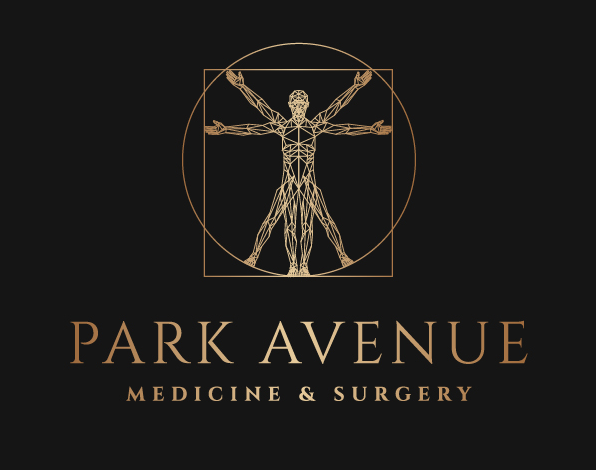Invisible Illnesses
Imagine going into school with your mind feeling foggy and being unable to concentrate due to an overwhelming depression floating like a somber cloud above your head. Instead of being able to take a day off for your mental health, you are accused of feigning illness and criticized for not being able to work. Imagine feeling extreme pain due to fibromyalgia and being unable to take the stairs, and having to use the elevator. Instead of being able to comfortably ride the elevator to the second floor, you are forced to shrink underneath the judgmental stares and exasperated sighs that follow you as you exit. These are only some of the situations that people who are afflicted with an invisible illness may face day to day.
Invisible illnesses are diseases and ailments that live up to their name: they are illnesses that do not have visible symptoms, leaving the people that they inflict with a lifetime of frustration from being misunderstood. The stigma in society, which stems from others not being able to understand what they cannot see or things that they do not have immediate evidence for, are what set invisible illnesses apart from other disabilities. People who suffer from invisible illnesses may be misunderstood, called lazy, accused of making up their illness, or constantly have to prove or explain their ailments. While a person that is seen in a wheelchair, wearing glasses or a hearing aid, or walking on crutches may get proper accommodations for their disabilities, a person facing an invisible illness may not, because there are no physical indicators of their condition. It is reported that millions of Americans may be dealing with invisible illnesses, but we are unable to get an exact number due to people facing social or physiological boundaries that get in the way of them being able to receive proper help. It is important to be compassionate and supportive towards people that may suffer from an invisible illness, just as one would be understanding and accommodating towards someone that has a physically apparent disability.
In order to end the negative connotation or cultural misunderstanding against those facing these illnesses, we have to be willing to put in the effort to understand that sometimes what we pick up from a person’s outward appearance may not define their entire story. If you see a person suffering from an invisible disability, avoid saying things like “You look fine!”, “It’s all in your head,” “You can fix it with a positive attitude!”, “You don’t look sick!”, or “Aren’t you better yet?”. Instead, use more supportive phrases such as “I hope you are feeling better soon,” “How are you doing today?” , “I’m sorry that you are having to deal with this.”, “Is there anything I can do to make things easier?”, or “I am here for you.” Approaching others with patience, kindness, an open mind, and willingness to spread awareness is the first step to calling those that face invisible illnesses in to the conversation, and helping them get the proper help and accommodations they need and deserve. Here are 10 common invisible illnesses:
Mental illnesses such as depression, anxiety, bipolar disorder, schizophrenia etc.
Chronic fatigue or sleep disorders
Migraines, chronic headaches, or head injuries
ADD or ADHD
Asthma
Digestive disorders such as irritable bowel syndrome, lactose intolerance, Crohn's disease, etc.
Arthritis
Diabetes
Fibromyalgia
Thyroid or reproductive syndromes such as endometriosis, polycystic ovarian syndrome, hyperthyroidism, etc.
References:
https://www.disabled-world.com/disability/types/invisible/
https://www.npr.org/2015/03/08/391517412/people-with-invisible-disabilities-fight-for-understanding
http://www.mollysfund.org/invisible-illness-but-you-look-so-good/



